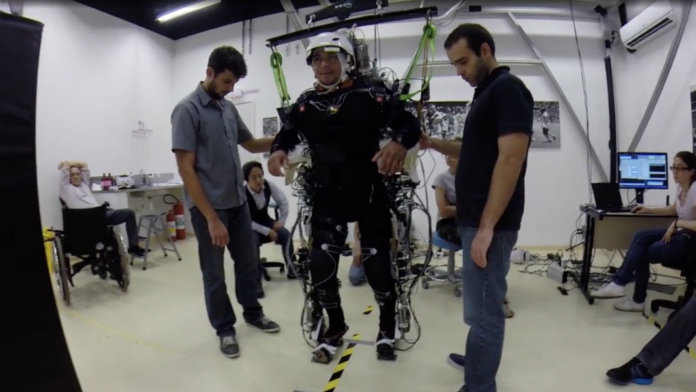Researchers at Duke University were surprised to find that the process of learning to use a brain-machine interface (BMI) and exoskeleton led to neurological recovery in paralyzed patients who had suffered spinal cord injury.
While the researchers at Duke University’s Center for Neuroengineering expected to see their patients learn to walk using a robotic exoskeleton designed to move their legs—they found that the process actually helped return sensations and movement to the patient’s physical bodies.
This opens up the potential for these types of technologies to be used as therapies that could lead to recovery—not just assistive tools.
“All the patients we looked at eventually reported feeling sensations below the level of their spinal injury. We also started seeing movement return. They were beginning to voluntarily control several muscles for the first time since their injuries, which in some patients was over 10 years. We also noticed that the patients started showing improvements in control of bowel movements and the bladder, which can be impaired in spinal cord injuries and can result in serious infections. So they were also experiencing visceral improvements.”
– Miguel A. L. Nicolelis, lead study author and founder of Duke’s Center for Neuroengineering
Read the interview with Miguel A. L. Nicolelis here.



